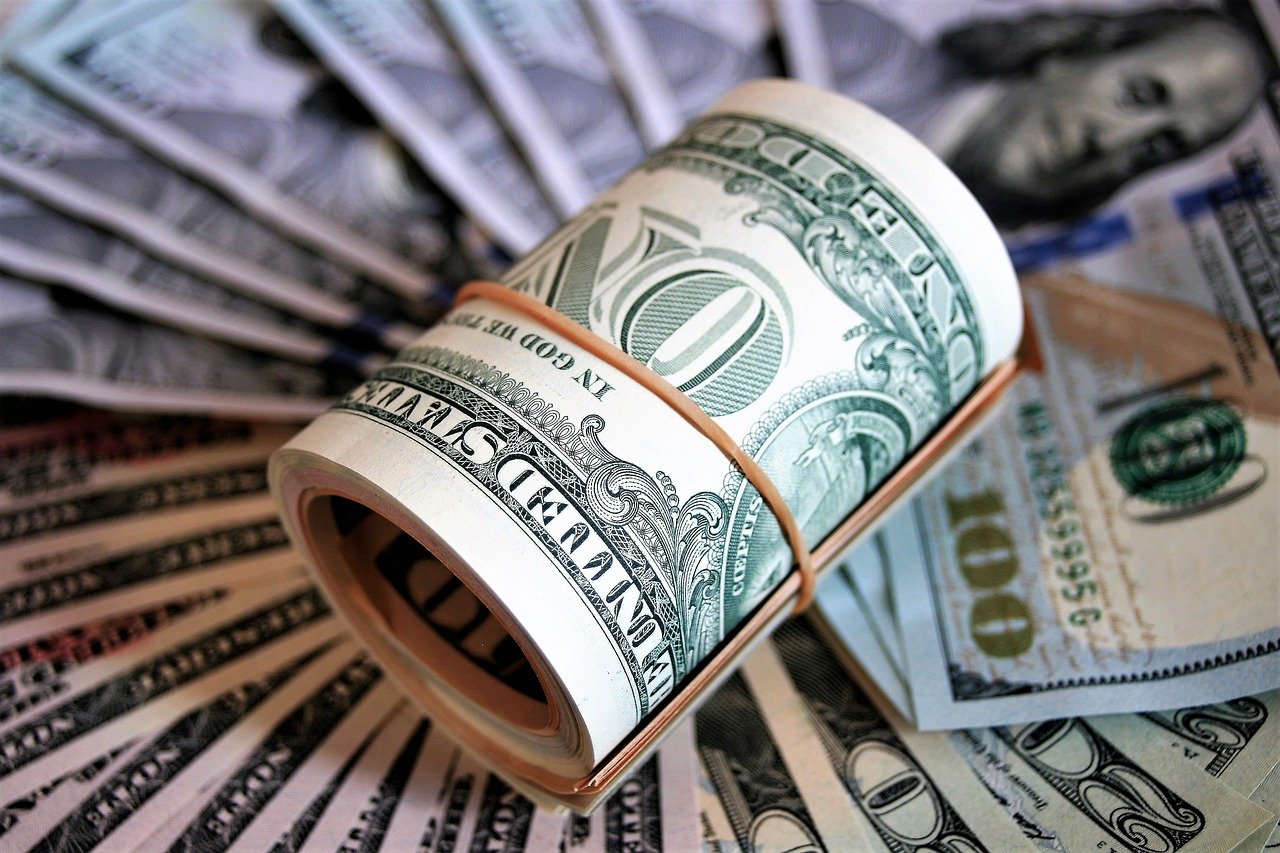
The US dollar continued its upward trajectory as confidence in the resilience of the world’s largest economy prompted traders to revise their expectations for future interest rate cuts by the Federal Reserve.
On Monday, the Bloomberg Dollar Spot Index climbed by as much as 0.6%, marking its highest level since November 17 before moderating its gains by the day’s end. Year-to-date, the dollar has strengthened against all major currencies, with the Japanese yen experiencing the most significant decline, dropping by over 5%.
Robust macroeconomic indicators in the US, exemplified by a surprisingly robust jobs report released last week, have pushed back the anticipated timing of the first rate cut. Meanwhile, global uncertainties such as China’s economic challenges and geopolitical tensions have bolstered the dollar’s appeal as a safe-haven asset.
The US dollar has rebounded from its December lows, a period when the Federal Reserve hinted at a shift away from rate hikes towards potential cuts. Although Fed officials confirmed the end of their aggressive rate-hiking cycle at the January meeting, they also sought to recalibrate expectations regarding the timing and pace of future rate adjustments, particularly as inflationary pressures wane. Federal Reserve Chair Jerome Powell indicated after the meeting that a rate cut in March was improbable.
Learn how to trade currency pairs with Top Forex and CFD brokers
With US interest rates remaining relatively high and the Bank of Japan offering little clarity on its plans to reverse its negative interest rate policy, the Japanese yen has emerged as the weakest performer among major currencies. On Monday, the yen slipped by 0.3% against the dollar, reaching 148.89 yen per dollar.
Echoing sentiments expressed by Powell, policymakers in the eurozone are also pushing back against expectations for imminent rate cuts. However, speculation that the European Central Bank could lower borrowing costs before the Federal Reserve, potentially as early as April, has weighed on the euro. On Monday, the euro fell by as much as 0.6%, trading at $1.0723, its lowest level since November 14.
The anticipation of a widening interest rate differential in favor of the US has contributed to the euro’s decline, amounting to approximately 2.7% against the dollar since the beginning of the year. Analysts suggest the euro could weaken further to $1.06.
Bearish sentiment towards the euro persists, as evidenced by heightened activity in euro put options compared to call options. This trend was particularly notable on Friday, marking the busiest day for euro options since July, with turnover on put contracts outnumbering call options by about 3-to-1 on Monday.
Subscribe for our newsletter
Get Forex brokers reviews, market insights, expert analytics and education material right into your inbox for free!